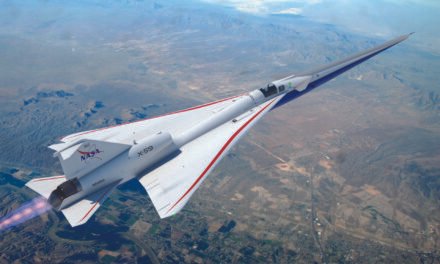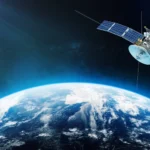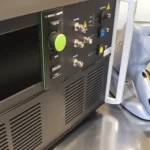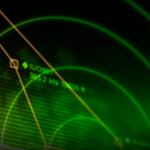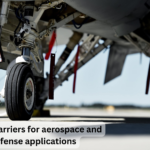Ground control stations (GCS) are essential for communicating with and monitoring satellites in orbit. They manage satellite operations, track their positions, receive data, and send commands to ensure satellites perform their intended functions. Here’s a detailed explanation of how GCS interact with satellites:
1. Communication Basics
Ground control stations communicate with satellites using radio frequency (RF) signals. These signals are transmitted through specialized antennas and consist of:
- Uplink: Commands sent from the GCS to the satellite.
- Downlink: Data transmitted from the satellite to the GCS, including telemetry, sensor data, and imagery.
2. Key Components of Ground Control Stations
- Antennas:
- High-gain parabolic dish antennas are used for long-range communication.
- Phased-array antennas provide precise beam steering without moving parts.
- Transmitters and Receivers:
- Transmitters send uplink signals to satellites.
- Receivers capture downlink signals, including telemetry and mission data.
- Control Systems:
- Computers and software systems process data, generate commands, and monitor satellite performance.
- Tracking Systems:
- Radar and optical systems track satellite positions in real time.
- Telemetry and Command Systems (TT&C):
- Monitor satellite health (telemetry) and send operational commands.
- Data Processing Units:
- Decode and process scientific or operational data received from the satellite.
3. Communication Process
A. Tracking the Satellite
- Ground stations determine the satellite’s position using:
- Orbit Predictors: Software models predict where the satellite will be based on orbital mechanics.
- Real-Time Tracking: Sensors and radars follow the satellite’s movement.
B. Uplink Transmission
- Commands are sent to the satellite via an uplink, including:
- Orbit adjustments.
- Activation or deactivation of instruments.
- Software updates.
- Uplink frequencies are typically in the S-band or Ka-band.
C. Downlink Transmission
- Satellites transmit telemetry and mission data back to the GCS using:
- Telemetry Data: Includes satellite status, power levels, temperatures, and subsystem performance.
- Mission Data: Earth observation images, communication signals, or scientific measurements.
- Downlink frequencies often use the X-band, Ka-band, or Ku-band for high-speed data transfer.
D. Signal Modulation and Demodulation
- Data is encoded onto RF signals for transmission (modulation) and decoded upon reception (demodulation).
- Advanced techniques like phase-shift keying (PSK) or quadrature amplitude modulation (QAM) are used for efficient data transmission.
4. Monitoring and Controlling Satellites
A. Monitoring
- Telemetry Analysis:
- Ground stations monitor telemetry to assess satellite health and status.
- Alerts are generated if anomalies occur, such as power failures or subsystem malfunctions.
- Orbit Determination:
- Regular checks ensure the satellite stays on its intended orbit.
B. Controlling
- Command Execution:
- Ground stations send commands to adjust satellite orientation, activate payloads, or perform other operations.
- Orbit Maneuvers:
- Commands for thruster burns are sent to correct or adjust satellite orbits.
5. Networks of Ground Stations
A. Distributed Ground Networks
- Satellite operators use networks of ground stations around the world to maintain constant communication as the Earth rotates.
- Example: NASA’s Deep Space Network (DSN) provides global coverage for deep-space missions.
B. Commercial Ground Services
- Companies like AWS Ground Station and KSAT provide satellite operators with access to global ground station networks for data reception and command operations.
C. Relay Satellites
- Satellites in geostationary orbits, like NASA’s Tracking and Data Relay Satellites (TDRS), act as intermediaries, relaying signals between satellites and ground stations.
Ground control stations are the nerve centers of satellite operations, ensuring reliable communication and monitoring of satellites in orbit. With advancements in technology like AI, laser communication, and global networks, GCS systems are becoming more efficient, enabling better performance and broader applications for modern satellite missions.




